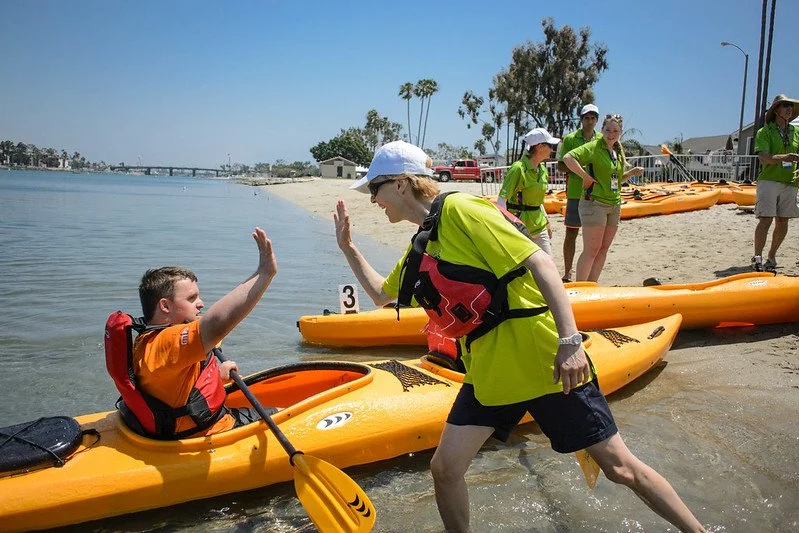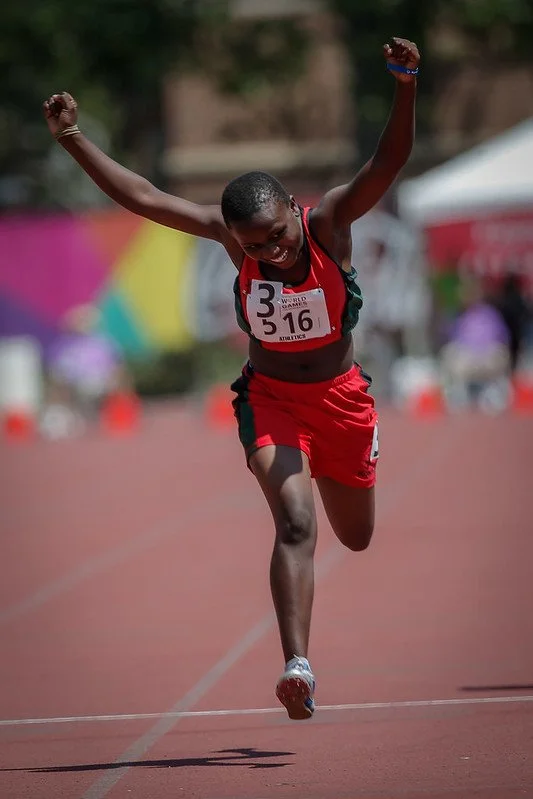How Real-Time Digital Coverage Enabled Fortune 100 Companies to Spread the Message of Acceptance & Inclusion
Case Study: Special Olympics World Games
Los Angeles 2015
Scenario
The Special Olympics World Games Los Angeles 2015 (LA2015) was the first World Games to be held in a major media market presenting a unique opportunity to further the organization’s mission of generating the awareness that leads to acceptance and inclusion for people with intellectual disabilities. After securing ESPN as the broadcast partner, Special Olympics’ leadership turned to our team at LA2015 to take the lead in operationalizing the mission in a new way that fully capitalized on the moment.
Challenge
While Special Olympics had chapters in the area, we were starting fresh in developing a dedicated digital audience for the event and only had 15 months after joining the organization to both gain momentum leading into the Games and develop the strategy and infrastructure to maximize Games-time coverage. Adding complication to the second effort was the scope of the event – with 6,500 athletes competing from 250 countries in 27 sports at 9 locations for 9 days across Los Angeles it would be the largest sports and humanitarian event in the world that year.
#1 Leveraging access to large digital audiences through strategic partners was quickly identified as the path forward
While we were starting from scratch on dedicated digital channels, I quickly noted the access to large audiences we would have through our partnerships with ESPN, Special Olympics, and the Fortune 100 sponsors that would be secured on the road to the Games. Rather than focus our effort on building our own digital audience, I developed a strategy to focus our effort on providing the comprehensive, real-time photo, video, and story content that would enable our partners to seamlessly distribute more content to their audiences.
#2 Securing stakeholder buy-in for our entirely new and more expansive content strategy was key to moving quickly toward this ambitious goal
Capturing and distributing comprehensive real-time photo, video, and story content was far beyond what had been attempted by any previous Special Olympics World Games Organizing Committee, therefore my Games-time coverage plan required pitching LA2015 and Special Olympics International executive leadership, communications, marketing, and operations teams to convince them of both the value and efficacy of the initiative. Leading up to the event, important relationships were built with Google volunteers to expand our internal planning operation and access to Games-time digital volunteers along with the Los Angeles Lakers photographer and team to join the effort of recruiting professional volunteers.
#3 An in-person social media summit was critical for ensuring quality participation from Fortune 100 partners
In order to secure participation from key partners including ESPN, Toyota, Google, and Mattel, I produced an in-person social media summit for the digital media teams within each company to attend at YouTube Spaces Los Angeles. During the event, we walked through the Games-time coverage plan, Special Olympics brand messaging guidelines, and most importantly got facetime with the individuals who would be owning the initiative from each company. All partners also received a Communications Guide that detailed the important points for future reference.
#4 Operational success hinged on training and supervising 100+ volunteers responsible for executing their individual role
In addition to securing participation from partners, the logistical reality of this plan was that in order for it to work, it would require 100+ well-trained volunteers spread across 9 venues to execute their individual role, technology at each of the venues to enable uploading and downloading content in real-time, and a detailed project plan that kept the core team accountable to daily coverage and distribution checkpoints.
#5 Quality content was not only captured, but packaged to improve the likelihood of sharing
Over nine days, thousands of pieces of digital content were captured across nine venues. These assets were then edited, tagged, and distributed to partners including ESPN, Google, and Toyota based on relevance and likelihood of sharing.
Results
In addition to successfully deploying the first-ever comprehensive digital coverage strategy for a Special Olympics World Games, the effort was key to enabling the 2.3 billion impressions measured during the 9-day event.





